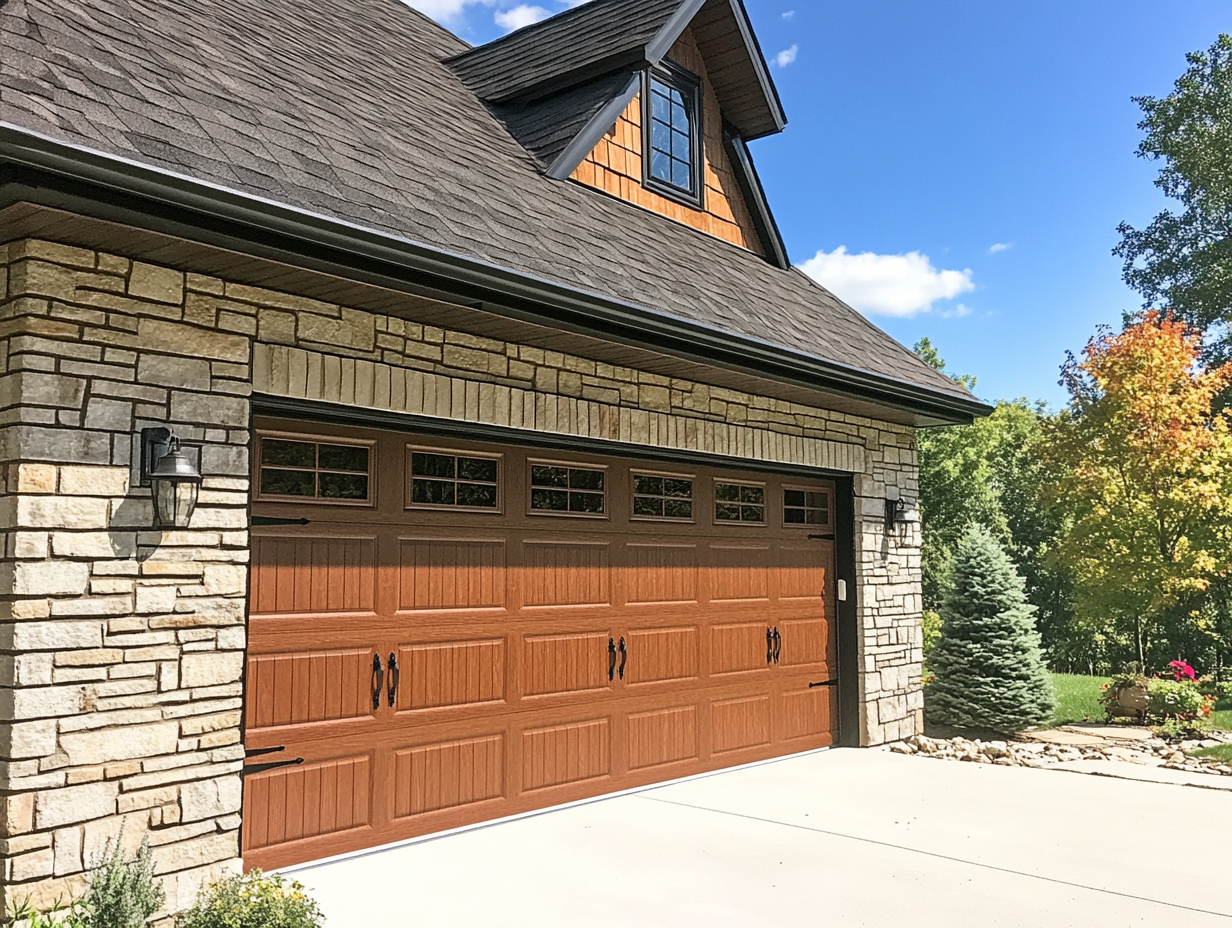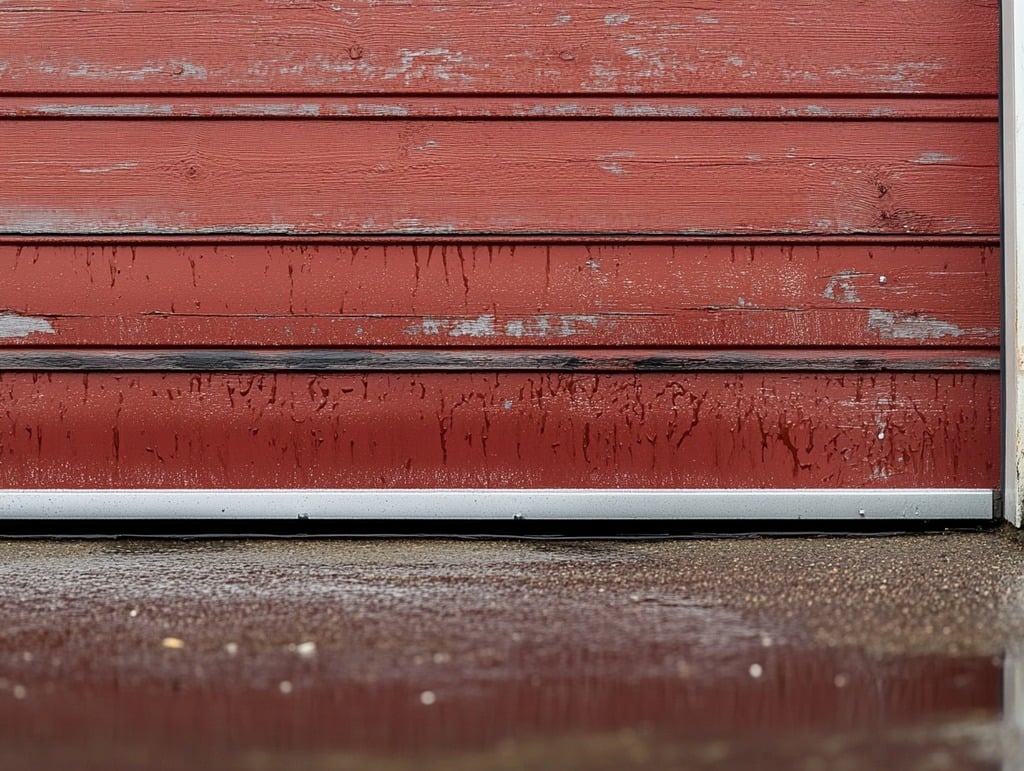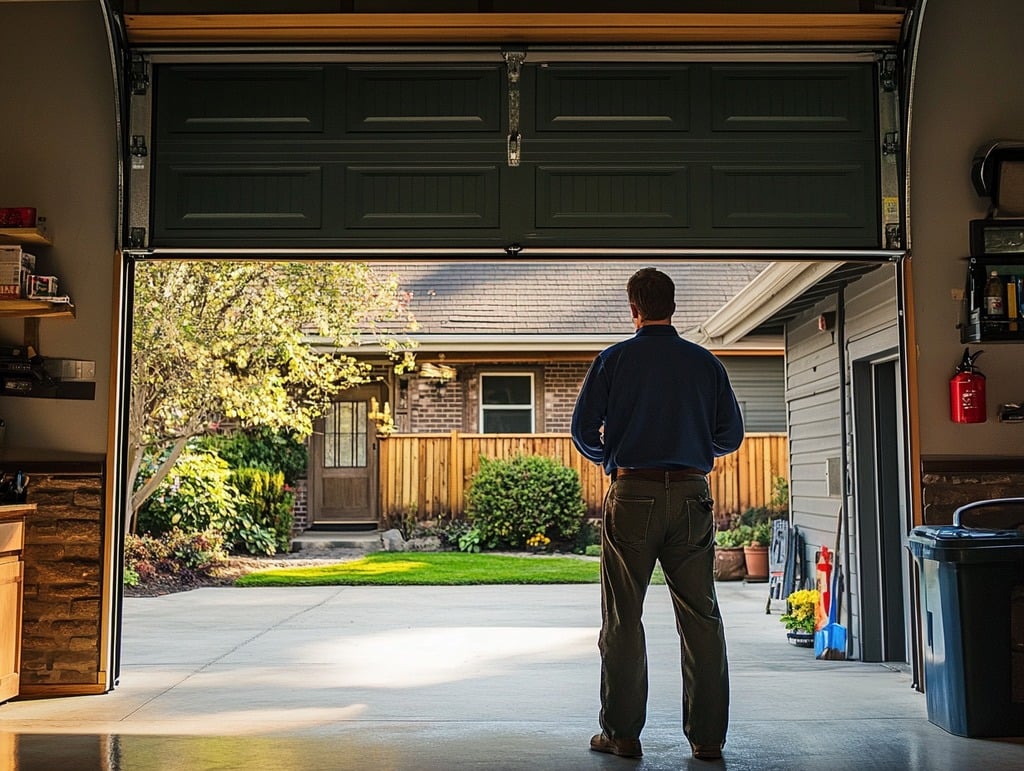Garage doors are one of those things you don’t think much about—until they stop working. But trust me, a stuck or malfunctioning garage door is not only inconvenient but can also be a safety hazard. That’s why a little regular maintenance can go a long way in ensuring your garage door operates smoothly year-round. Let’s break down some essential tips that’ll keep your garage door in tip-top shape.
Why is Garage Door Maintenance Important?
Regular garage door maintenance prevents wear and tear, prolongs the life of your door, and improves its safety. An unmaintained door could lead to motor issues, sensor malfunctions, or even complete breakdowns. Plus, you don’t want to deal with a situation where your car is stuck inside, right?
Tip 1: Monthly Visual Inspection
Get into the habit of inspecting your garage door at least once a month. Stand inside the garage and take a good look at all parts: springs, cables, rollers, and pulleys. Do you see anything frayed, broken, or worn? Are the bolts tightly secured? If anything looks amiss, you may need to replace the worn parts before they cause bigger problems.
Tip 2: Lubricate Moving Parts Regularly
A well-lubricated garage door runs smoothly and quietly. Apply lubricant to the rollers, hinges, and tracks every 3-6 months. Make sure to use a silicone-based lubricant or a lithium grease spray—never use WD-40 as it can dry out and attract dirt. Here’s a quick guide:
- Rollers: A couple of drops on each roller will do wonders.
- Hinges: Apply lubricant to where the hinge pivots.
- Springs: Use a rag to rub some grease onto the springs. A little bit goes a long way.
Tip 3: Tighten the Hardware
A garage door opens and closes multiple times a day, which means a lot of movement and vibrations. Over time, this can loosen hardware like nuts, bolts, and screws. Make it a point to check and tighten these parts periodically. Pay special attention to the brackets that hold the door tracks and the bolts securing the opener unit.
Tip 4: Test the Balance of the Door
An unbalanced garage door will put a strain on its opener and can lead to bigger issues. To test the balance:
- Disconnect the door opener by pulling the release handle.
- Manually lift the door halfway.
- If it stays put, your door is balanced. If it falls or slides up, the balance is off, and you might need to adjust the tension in the springs. This is best done by a professional since working with springs can be dangerous.
Tip 5: Test the Auto-Reverse Safety Feature
Modern garage doors have an auto-reverse feature that prevents the door from closing on objects or people. To test this:
- Mechanical Test: Place a 2×4 piece of wood or a brick under the door. When you close it, the door should reverse once it hits the object.
- Photoelectric Test: If your door has photoelectric sensors, wave an object (like a broomstick) in front of the sensors as the door is closing. It should automatically reverse.
If the door fails either of these tests, it’s time to call a technician to adjust or repair the safety features.
Tip 6: Clean the Tracks
Dirty tracks can hinder the smooth operation of your garage door. Regularly clean them using a damp cloth, removing any debris or built-up dirt. Avoid using a lubricant on the tracks as this can attract more dirt and cause gumming up. If the tracks are misaligned, use a rubber mallet to gently tap them back into place, or better yet, contact a professional for proper adjustment.
Tip 7: Check the Weather Seals
The weather seals on your garage door help keep out drafts, moisture, and pests. Check the bottom, sides, and top seals for any cracks, gaps, or wear. If they’re damaged or no longer flexible, replace them. A new weather seal not only keeps your garage comfortable but also prolongs the life of the door.
Tip 8: Pay Attention to Strange Noises
If your garage door starts making unusual noises—like grinding, squeaking, or rattling—it’s often a sign of a problem. It could be anything from loose hardware to worn rollers or springs. Listen for these sounds and address them promptly before they turn into more serious issues.
Tip 9: Keep an Eye on the Garage Door Opener
Your garage door opener does a lot of heavy lifting. Every so often, test the opener’s force settings by placing your hand on the door as it’s closing. It should automatically reverse when it senses resistance. If not, adjust the opener settings according to the manufacturer’s instructions.
Troubleshooting Common Garage Door Problems
- Door Doesn’t Open/Close Completely: Check for any obstructions in the tracks, misaligned sensors, or worn cables.
- Remote Control Not Working: Replace the batteries or reprogram the remote.
- Door is Jerky or Moves Unevenly: Could be due to worn rollers or a problem with the track alignment.
If you can’t resolve the issue yourself, call a garage door technician for a professional inspection.
FAQs
Q1: How often should I lubricate my garage door?
A. Every 3-6 months is a good rule of thumb. If your garage door starts making noise or seems sluggish, it might be a sign that it’s time for a little lubrication.
Q2: Can I replace garage door springs myself?
A. It’s not recommended. Garage door springs are under a lot of tension and can be extremely dangerous if not handled properly. Always call a professional for spring replacement.
Q3: What’s the average lifespan of a garage door?
A. With regular maintenance, a well-constructed garage door can last anywhere from 15 to 30 years.
Wrapping Up
Keeping your garage door in smooth working condition doesn’t have to be difficult. A little bit of regular maintenance can prevent major headaches down the road. So grab your lubricant, tighten those bolts, and inspect those tracks—it’ll be time well spent.
Remember, if you’re unsure about any repairs or adjustments, it’s best to consult with a professional to avoid injury and ensure your garage door operates safely and smoothly.






